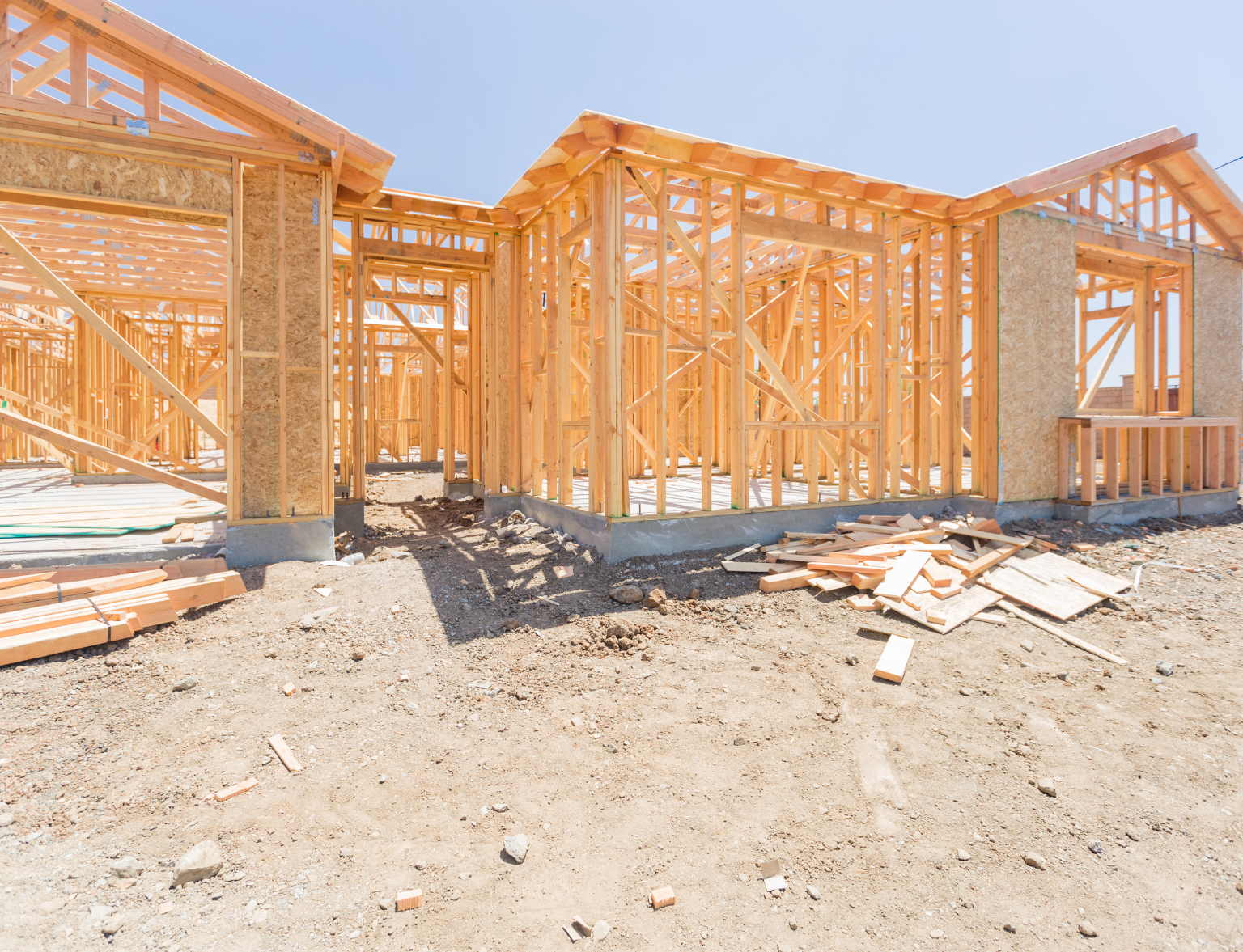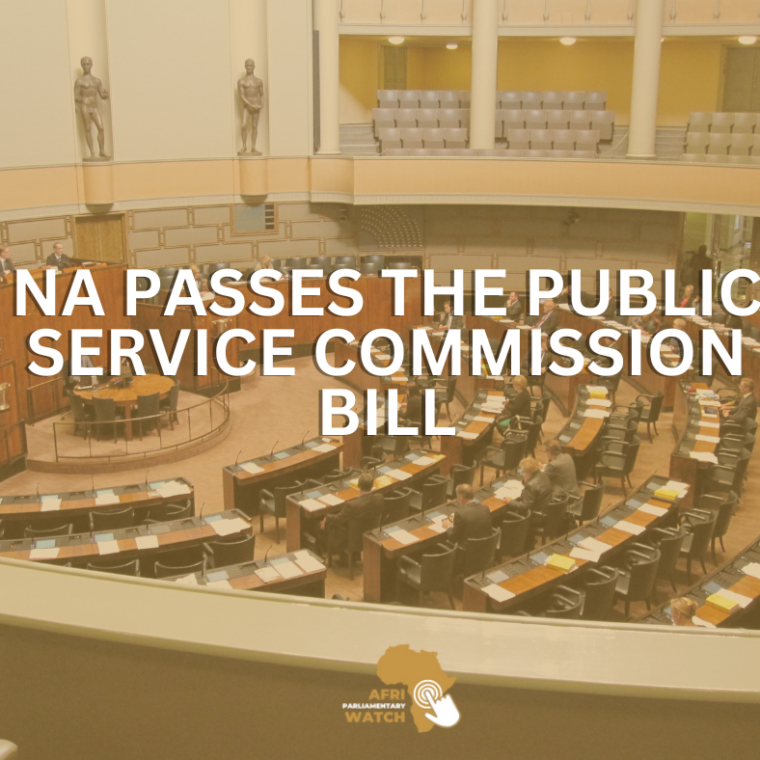21 February 2023
Imbizo Centre, Parliament of South Africa
REMARKS BY THE SECRETARY TO PARLIAMENT, XOLILE GEORGE, ON THE OCCASION OF THE MEDIA BRIEFING:
PARLIAMENT INITIATES THE PROCESS OF THE RECONSTRUCTION OF THE DAMAGED BUILDINGS OF PARLIAMENT AND ATTENDANT PROJECTS
It has been slightly more than a year since the devastating fire that gutted Parliament’s buildings. The fire broke out in the parliamentary precinct on 2 January 2022 and ran over almost three days, destroying the National Assembly and parts of the Old Assembly wing, including hundreds of offices for Members of Parliament and staff, committee rooms where parliamentary oversight meetings take place, millions worth of office contents and broadcasting infrastructure.
We remain indebted to the over 300 men and women from the fire and rescue services who worked tirelessly over 71 hours to contain the fire, thereby saving the rest of the historical buildings of Parliament, including the adjacent Tuynhys building which houses the presidency, from destruction.
Following the fire, Parliament immediately put in place various processes, including:
I. Implementation of business continuity management framework to minimalize disruption of the business of Parliament, including securing alternative venues for the joint sitting of the two Houses for the State of the Nation Address and the sittings of the National Assembly. In this regard, the off-site City Hall was identified for sittings on ad hoc basis, the on-site Goodhope Chamber was converted for regular sittings of the National Assembly, the damaged National Council of Provinces chamber’s ICT system repaired, and the project for the hybridisation of available committee rooms to enable both virtual and physical meetings initiated.
II. Assessments of damage caused, through agencies appointed by the Department of Public Works and Infrastructure. The first multidisciplinary team of engineers took at least three weeks of preliminary assessment following the containment of the fire, while the second team, the Coega Development Corporation, took approximately 7 months to complete their assessment, including quantification of damage and costs.
III. Ensuring close cooperation with law enforcement agencies investigating the incident and initiation of an internal investigation into allegations of internal complicity.
IV. Initiation of marathon talks and negotiations on the restoration project with all stakeholders, chiefly the National Treasury, which resulted in the announcement during the Medium-Term Budget Policy Statement of over R2bn allocation for the rebuilding of the gutted buildings and R118m for unforeseen and unavoidable expenditures as a result of the fire and Covid-19.
V. Initiation of a project to investigate and propose to the Executive Authority and the parliamentary chief whips short to medium term solution, i.e., appropriate venue to serve as a chamber, for the return of Members of Parliament for full physical sittings of the National Assembly.
VI. And recently, the finalisation of discussions and agreement with state’s development finance institution to act as an implementing agent for the rebuilding of the damaged sections of the buildings of Parliament.
The people of South Africa have vested interest in the restoration project and it is imperative that it be properly managed in order to limit the risks associated with projects of this nature and magnitude, taking into account that it is the first time that Parliament will be executing a project of this scale.
We are therefore pleased to announce today that Parliament and the Development Bank of South Africa Limited, through its Infrastructure Delivery Division (IDD), have agreed to collaborate in tandem with other stakeholders such as the DPWI and the Treasury, in respect of the implementation of the project.
The DBSA is the most suitable entity to play this role given its expertise and experience of providing infrastructure management services, which include design, construction, upgrades, refurbishment and total facilities management to several other Organs of State. Its regulatory regime is largely compatible with that of Parliament. Further, as an organ of state, it is accountable to Parliament, which enables Parliament to oversee and hold it accountable for the Project on an ongoing basis. This is in addition to the role of the Accounting Officer who remains responsible to ensuring that the terms of the agreement are fulfilled.
The areas of partnership between Parliament and the DBSA for the purpose of this project will include the following:
I. Capacity development, technical support and implementation of infrastructure projects.
II. Refurbishment of burnt Parliament buildings, Old Assembly building, link building and National Assembly Building.
III. Removal of the rubble to pave the way for detailed assessments to be conducted. Once the rubble is removed and the assets tagged and secured, the DBSA will undertake assessments and detailed designs of damaged buildings, compile bills of quantities and present budget estimates and an implementation plan to Parliament.
IV. Remodeling of 155 Offices for Members of Parliament. Parliament will refurbish the 4th and 5th floors and redesign 1st, 2nd and 3rd floors of 90 Plein Building to create alternative office space for both Members and employees of Parliament. This will yield 155 offices for Members of Parliament and offices for 1000 displaced staff members whilst providing temporary relief in office space during the restoration phase.
V. Total facilities management of the precinct (including Parliamentary villages), upgrade of security infrastructure, and conceptualisation and redesign of the Parliamentary precinct.
The restoration project provides a unique opportunity to ensure that spaces are designed in a manner that best suits the specific needs of a democratic Parliament and to modernize the institution’s digital infrastructure. The gutted National Assembly, for instance, was built in the 1980s to narrowly cater the needs of the apartheid regime.
It is therefore envisaged that, through this project, South Africa will have a new Chamber that fully serves the imperatives of our constitutional democracy, which includes sufficient capacity for joint sittings of the two Houses, a larger public gallery to accommodate members of the public in line with Parliament’s constitutional obligations of public involvement, more office spaces for MPs and committee rooms.
It is envisaged that the Project will be completed within 24 months and allow a further 6 months for retention to deal with snags and challenges arising after occupation. This will take into consideration the requirements of legislation applicable to heritage facilities like Parliament. The implementing agent has relationship with the South African Heritage Resources Agency (SAHRA), which will assist in expediting the approvals.
The Supply Chain Management Regulations, issued in terms of the Financial Management of Parliament and Provincial Legislatures Act, 2009 provide, in Regulation 11, for a departure from ordinary procurement processes in cases relating to emergencies or exceptional circumstances. These include circumstances where there is a possibility of human injury or death, damage to property or the interruption of essential services critical to the effective functioning of Parliament.
We are therefore confident that this milestone is the first step in restoring the essential services to a more conducive and responsive environment that will address the much-needed upgrade of the security infrastructure and security. It is also an opportunity to address matters of maintenance which poses occupational hazards to staff and Members. As such the Master Plan will aim at creating a precinct that is befitting the stature of the apex institution such as Parliament.
ISSUED BY THE PARLIAMENT OF THE REPUBLIC OF SOUTH AFRICA





